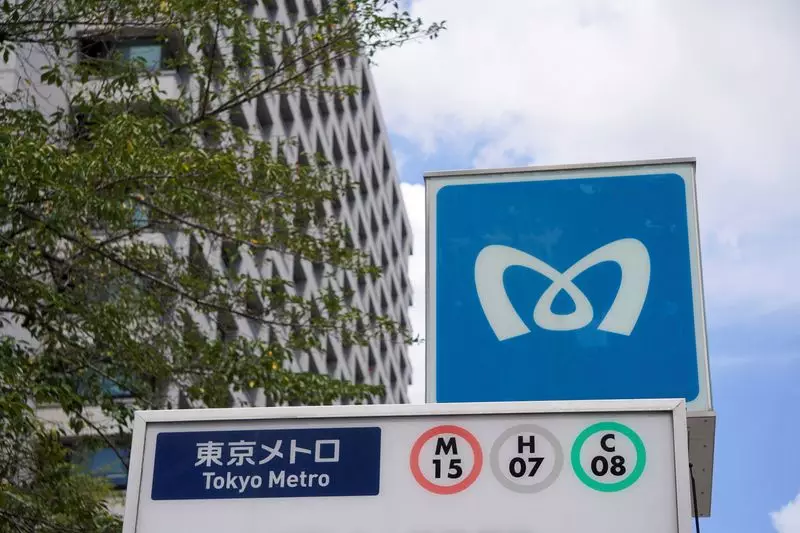In a significant move for the Japanese financial market, Tokyo Metro’s recent initial public offering (IPO) is set to make waves, raising approximately 348.6 billion yen (about $2.3 billion). This IPO marks the largest in Japan in the last six years and has piqued interest from various investor groups, underscoring the company’s notable position within the domestic economy. The shares were priced at 1,200 yen each, which sits at the upper limit of Tokyo Metro’s targeted price range of 1,100 to 1,200 yen, a decision that reflects strong investor sentiment and demand.
The enthusiasm surrounding the Tokyo Metro IPO is best illustrated by the whopping oversubscription rates reported. Sources indicate that the IPO was over 15 times oversubscribed overall, with retail investors showing particular interest in the offering. Remarkably, the shares designated for retail investors were about ten times oversubscribed, revealing a high level of public confidence in the company. The portion allocated for institutional investors—both domestic and foreign—was also met with robust demand, showcasing the broad appeal of Tokyo Metro’s market entry.
Investors are drawn to the stock not only due to its stability but also because of its attractive dividend yield of 3.3%. This forecast reflects expected dividends of 40 yen per share for the financial year ending March 2025. Analysts, such as Kazumi Tanaka from DZH Financial Research, have pointed out that this dividend is competitive compared to other private and JR railways, making Tokyo Metro a compelling option for both retail and institutional investors. Given Japan’s aging population and the accompanying structural stability of the railway sector, the company looks poised for sustainable growth.
Governmental involvement adds another layer to the IPO’s significance. The central government retains a 53.4% stake, while the Tokyo government holds 46.6%. Both are selling half of their shares in this IPO, reinforcing the sense of partnership between public interests and the private market. The upcoming listing on the Tokyo Stock Exchange on October 23 aims to further solidify Tokyo Metro’s role as a critical player in urban infrastructure.
In a remarkable month for IPOs, Tokyo Metro is joined by Rigaku, a company backed by Carlyle Group intending to enter the stock market, although not with the same scale of capital. In contrast, Bain Capital’s plans for the IPO of Kioxia have faltered, illustrating the unpredictability of market appetites and valuations.
As Tokyo Metro prepares to go public, several questions arise regarding the long-term implications for investors and the broader market. With trends indicating increased inbound travel in Japan, coupled with the stability offered by a subway network within a megacity, analysts expect ongoing interest and potential growth in the company’s stock. The successful launch of this IPO signals renewed confidence in Japan’s economy, which had previously seen hesitancy in its capital markets. As we look ahead, the success of Tokyo Metro may serve as a bellwether for future public offerings in Japan, highlighting a potential shift towards a more robust investment environment.
In essence, the Tokyo Metro IPO not only cements its financial standing but also represents a critical moment for investors who are keen to engage with a stable yet evolving market landscape.

